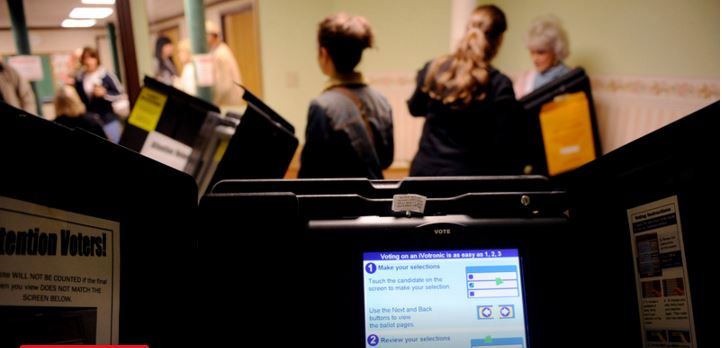Consultants often talk about modeling in mystical terms, believing it to be capable of conjuring supportive voters out of thin air. Made possible by the leaps in computing firepower that have occurred over the past 25 years and the advent of the era of Big Data, modeling is in fact an important technological addition to a campaign’s arsenal.
The ultimate influence of modeling will be limited, however, unless the practitioners of this new blend of art and science also embrace the reality of another transformative force of the past few decades – the demographic revolution.
The societal changes brought about by the passage of the 1965 Voting Rights Act, the Immigration and Nationality Act, and racial differentials in birth rates have resulted in the percentage of people of color in the population tripling from 12 percent in 1965 to nearly 38 percent today. The potential implications for this growth in the electorate are substantial. But it’s not clear that the practitioners creating models for campaigns are adequately considering the realities of this new, more diverse American demographic. They should.
First of all, operatives should recognize and stipulate that in its current state, the practice of modeling is primarily about finding white voters who support a candidate or cause. To wit, roughly 75-80 percent of voters of color voted for President Obama in 2008 and 2012. While there’s some wiggle room around the margins, you don’t really need complicated computer algorithms to know that most people who deal with discrimination on a daily basis and grapple with the reality of multi-generational economic and racial inequality are largely supportive of candidates progressive on social and political change.
Despite having played some important roles in effective ways, the benefit of hyper-technological traditional voter mobilization strategies such as modeling may prove limited in future races, at least on the Democratic side. The most immediate obstacle to the expanded effectiveness of modeling is its over-reliance on voting history to determine who is a likely voter.
When the starting point is how regularly a person has voted in the past, the result is a select pool that is much whiter than the population as a whole, given that so many people of color, especially progressive Latinos, have low participation rates, in part, because they’ve been ignored by campaigns for decades.
A campaign employing such an approach omits large swaths of voters from its target lists who may indeed have been more fruitful targets than those included in the model. This is because, implicit in the practice of modeling, is the belief that it’s easier to win over a voter to one’s position than it is to convince a supportive person (oftentimes a person of color) who hasn’t voted regularly to turn out in that election.
But operatives must not take it for granted that the former is true, and instead, grapple with the key question of politics in this day and age. As we saw with Obama’s elections, introducing larger numbers of people of color into the equation can change the outcome. For Democrats, the evidence leans clearly in the direction of expanding our pools of potential supporters and spending resources on smart turnout strategies among these supportive voters who otherwise won’t cast ballots.
The critical next frontier in modern campaigns will be to use computer algorithms to help operatives devise new ways to increase the number of progressive people of color with scant voter histories to actually turn out and go to the polls.
To date, Big Data modeling strategies have yet to prove effective in cracking the difficult nut of making eligible voters of color into actual voters in substantive and sustained ways. But this isn’t because of the inability of these techniques to address these issues. Rather, it’s the result of the short-sightedness of the technicians and their patrons. It’s a short jump from the 2012 Obama campaign using data to identify unregistered voters and to mail voter registration forms directly to their homes to using technology to play a key role in unleashing the power of the diverse, albeit disengaged, voters.
While the 2012 effort was a positive development, much more must be done to achieve the scope and sophistication needed to substantively change the electoral landscape.
Real resources and time must be put into creating new models as well as on revamping those in existence to ensure that they’re as effective as possible. The field has put major resources into software, creation of databases and other infrastructure. That same level of resources and brainpower are needed in efforts to grow the electorate while using technology as an important tool.
Steve Phillips is the author of the forthcoming book “Brown is the New White: How the Demographic Revolution Has Created a New American Majority”
